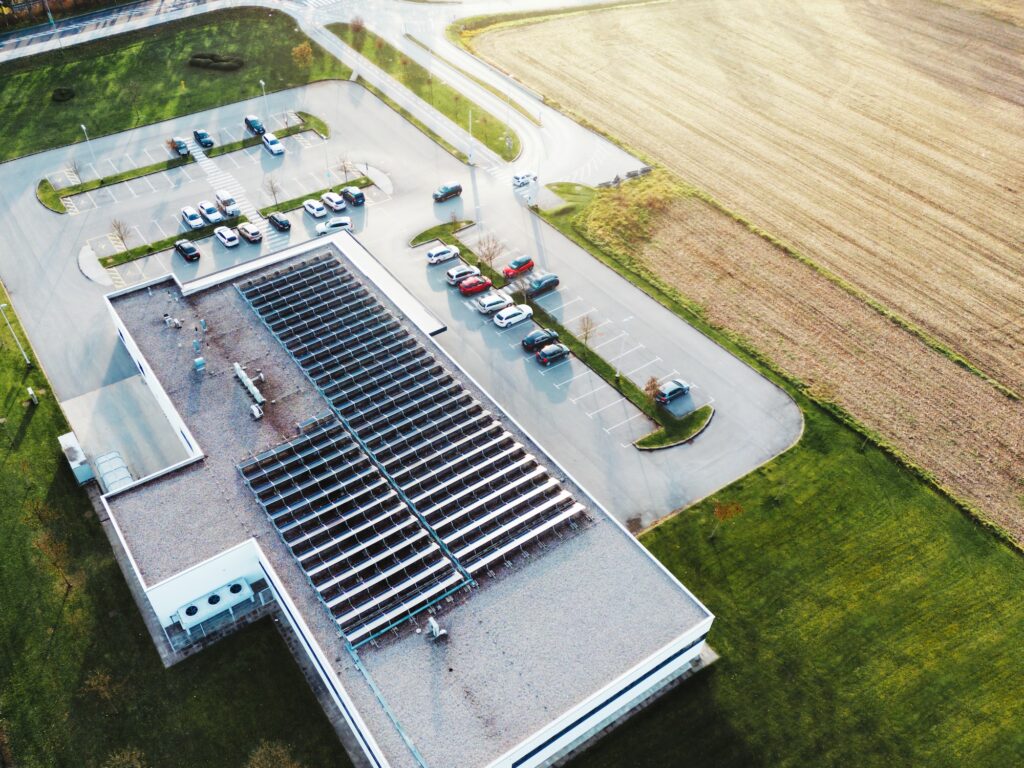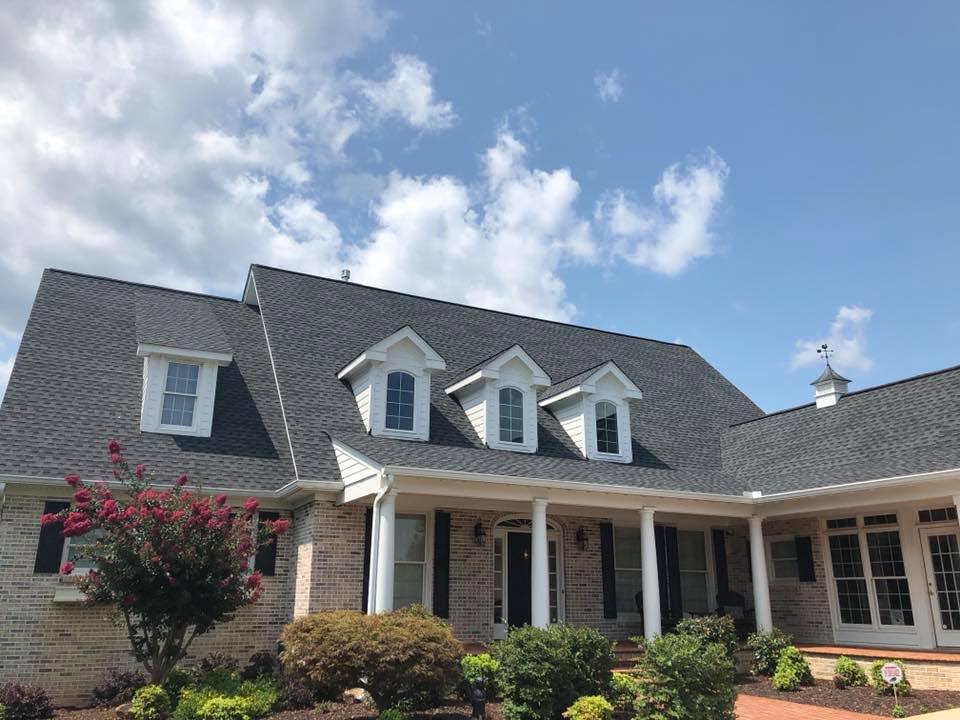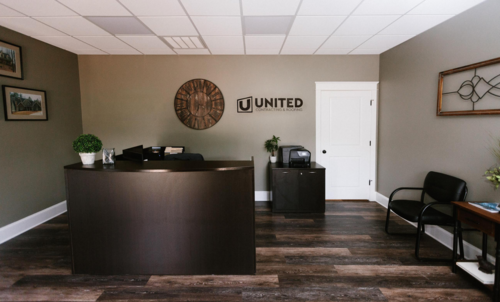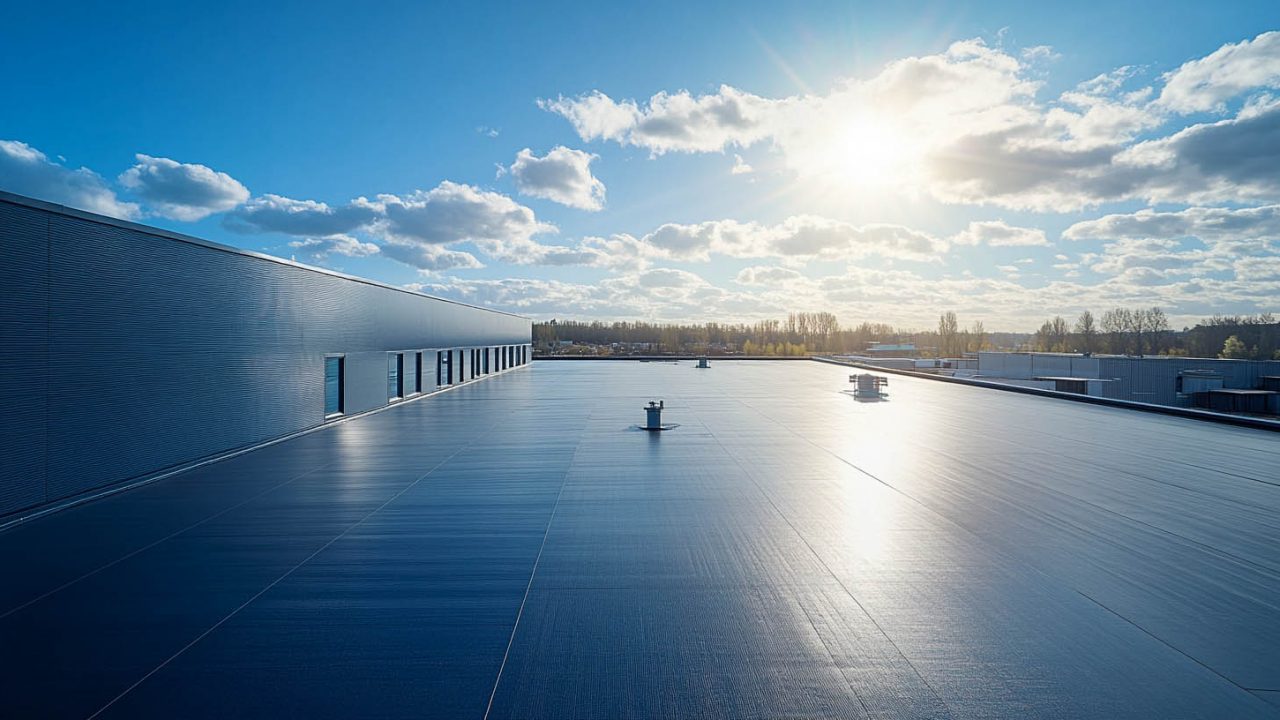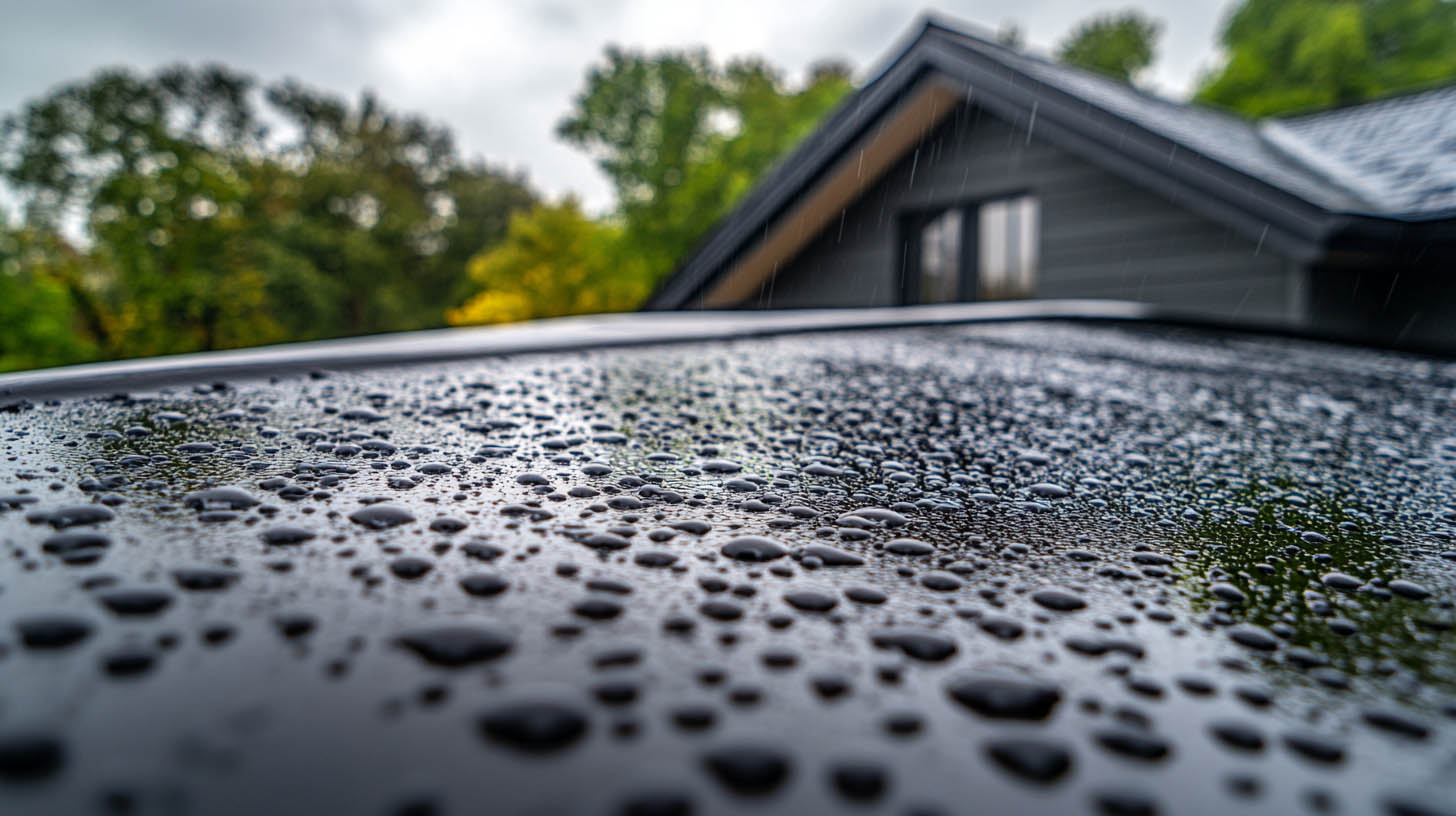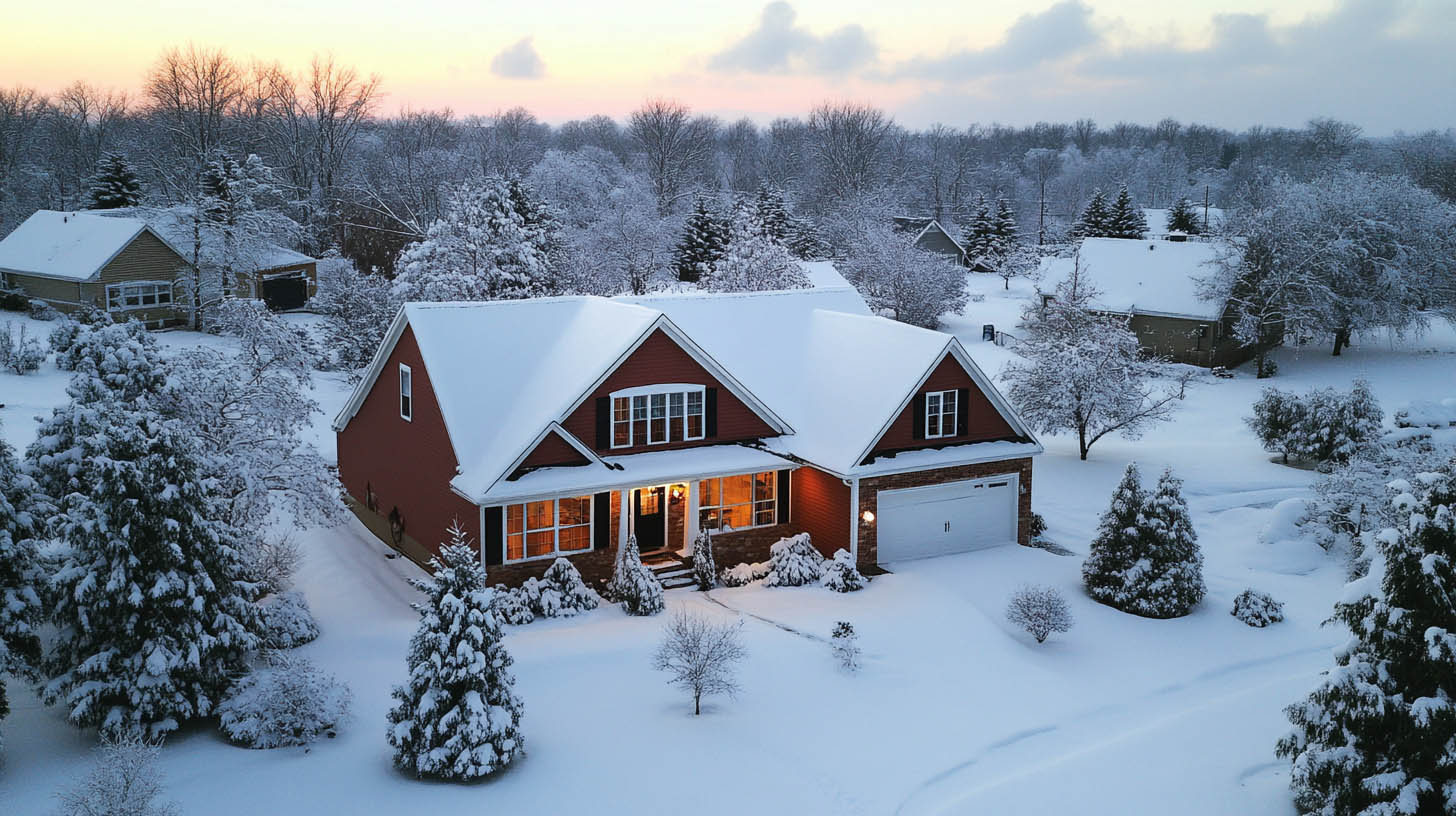Manufacturing and industrial businesses rely on high-quality processes to ensure product reliability. One area that’s easy to overlook but vital to maintain is industrial roofing. Facility personnel need to be vigilant about these six warning signs of potentially serious roofing problems. United Contracting & Roofing LLC offers expert services to address these issues promptly and effectively.
1. Industrial Roofing Damage From Severe Weather
Most large-scale manufacturing operations use low-slope roofs. While commercial roofing offers many benefits, it is vulnerable to severe weather events, including hail, high winds, intense heat, snow, and ice. Damage can occur suddenly, such as during hailstorms, or gradually, as with numerous freeze-thaw cycles in winter. Ice and snow weigh heavily on roofs, and constant moisture can eventually loosen flashing or create cracks.
2. Tears, Cracks, and Punctures
The care needs of industrial roofing vary significantly depending on business operations. One major factor is whether workers walk on the roof, such as to perform maintenance on equipment. Puncture marks, tears, and other types of damage can be caused by excessive foot traffic, sharp objects, nails, and leftover construction materials. Even small tears allow moisture underneath the roof’s protective coating, leading to serious issues.
3. Ponding on Facility Roofing
Ponding refers to standing water on a flat roof surface. It can be caused by clogged drainage systems or indicate structural problems with the roof, such as inadequate drainage. Near the end of a roof’s lifespan, ponding can occur because underlying layers have been weakened by moisture. Issues with ponding water should be checked by an industrial roofing professional promptly.
4. Interior Leaks
Interior leaks are one of the few warning signs visible from the inside of the facility. The solution depends on the cause and extent of the leaks. The age of the roof is a crucial factor; extensive repairs might not be cost-effective for older roofs. Replacement can save money in the long run and reduce the chance of costly manufacturing interruptions.
5. Issues With Flashing or Seams
Ideally, commercial roofing should have minimal penetrations to reduce leak risks. However, manufacturers often need various systems for operations, such as skylights, ventilation systems, refrigeration units, and HVAC equipment. Over time, temperature changes can cause the flashing around these points to leak.
6. Blistering
Single-ply roof membranes present problems with blistering, which looks like bubbles spread out in a small area. Blistering happens when small penetrations allow moisture underneath the membrane. As the moisture evaporates, it creates air pockets.
The Solution to Industrial Roofing Problems
Prevent major roofing issues by scheduling professional inspections and maintenance periodically. This allows potential problems to be caught early before causing significant damage. Preventative maintenance costs less than repairing structural damage to buildings, equipment, or electronics. At United Contracting & Roofing LLC, we offer expert inspection, maintenance, repair, and replacement services. We help facility managers develop customized programs that address their business needs and provide excellent results.To learn more about Flat Roofs: Advantages and Disadvantages, click here.

